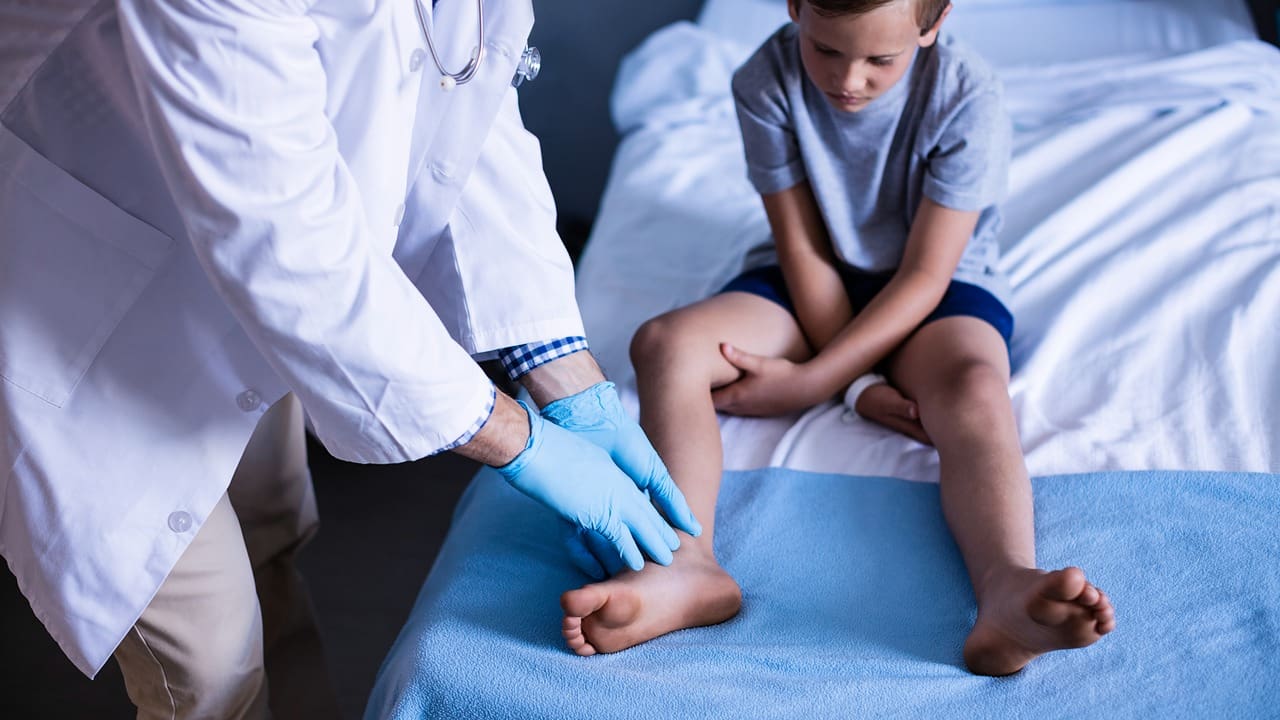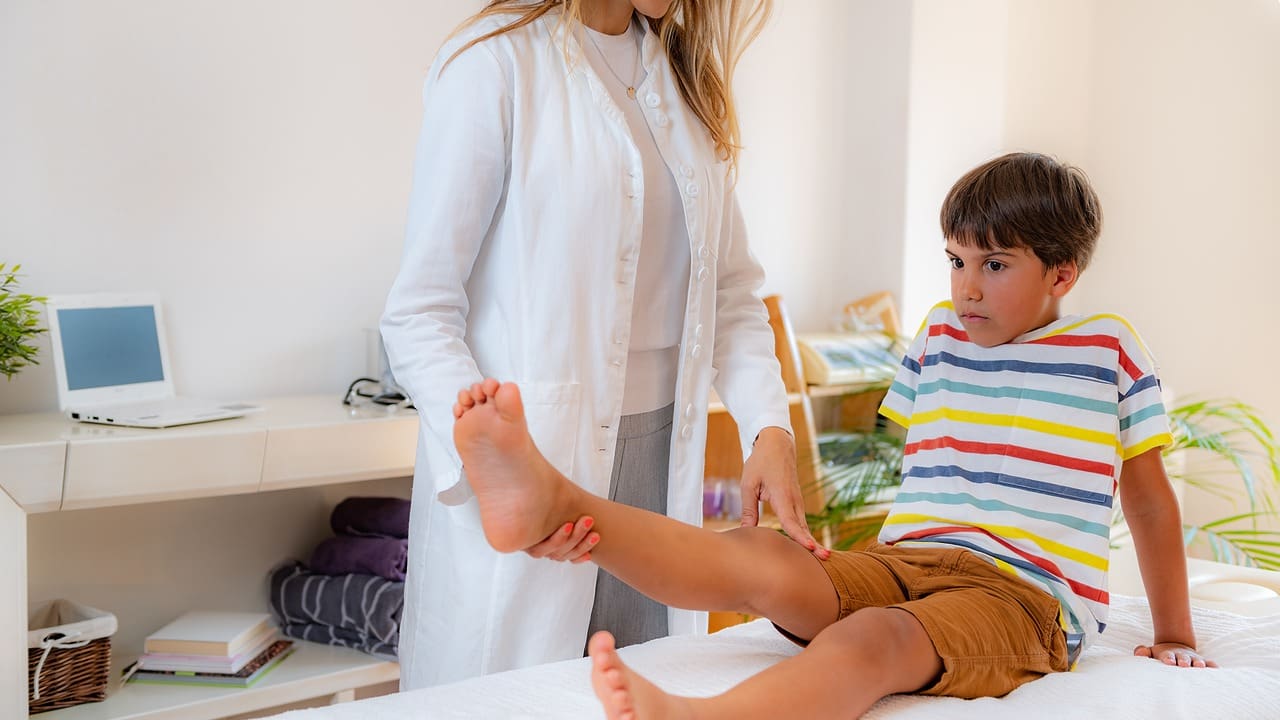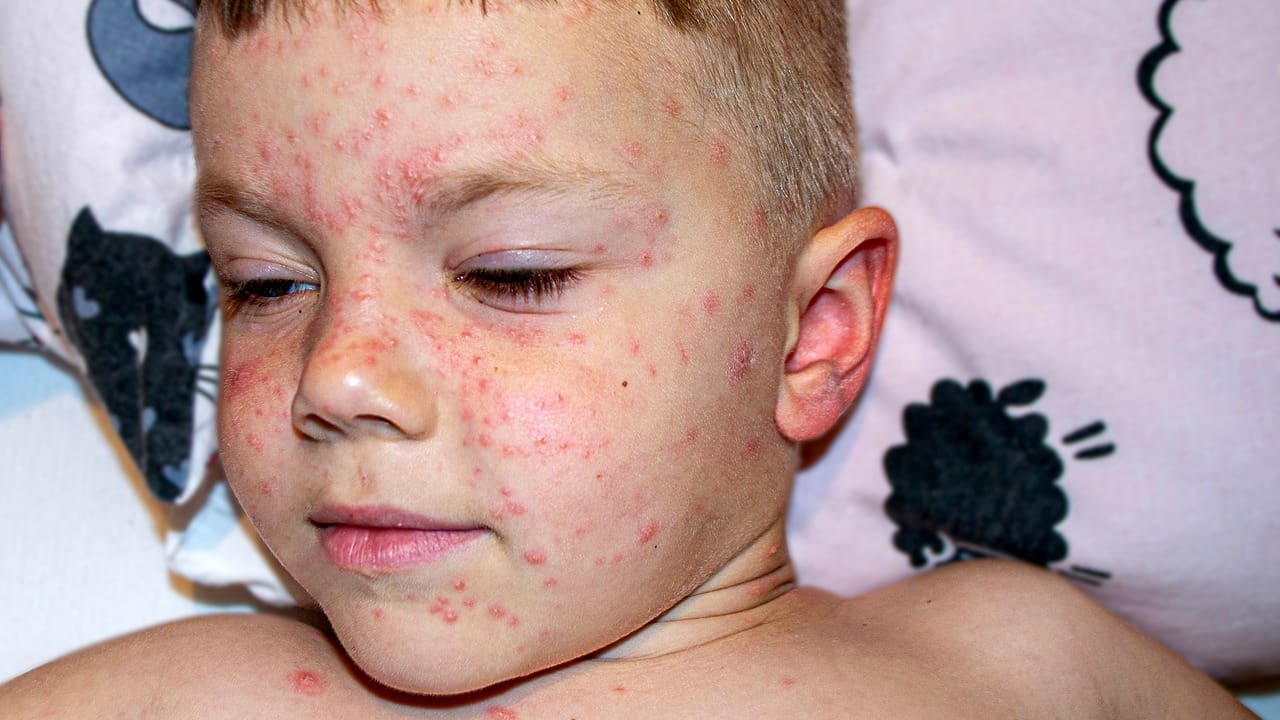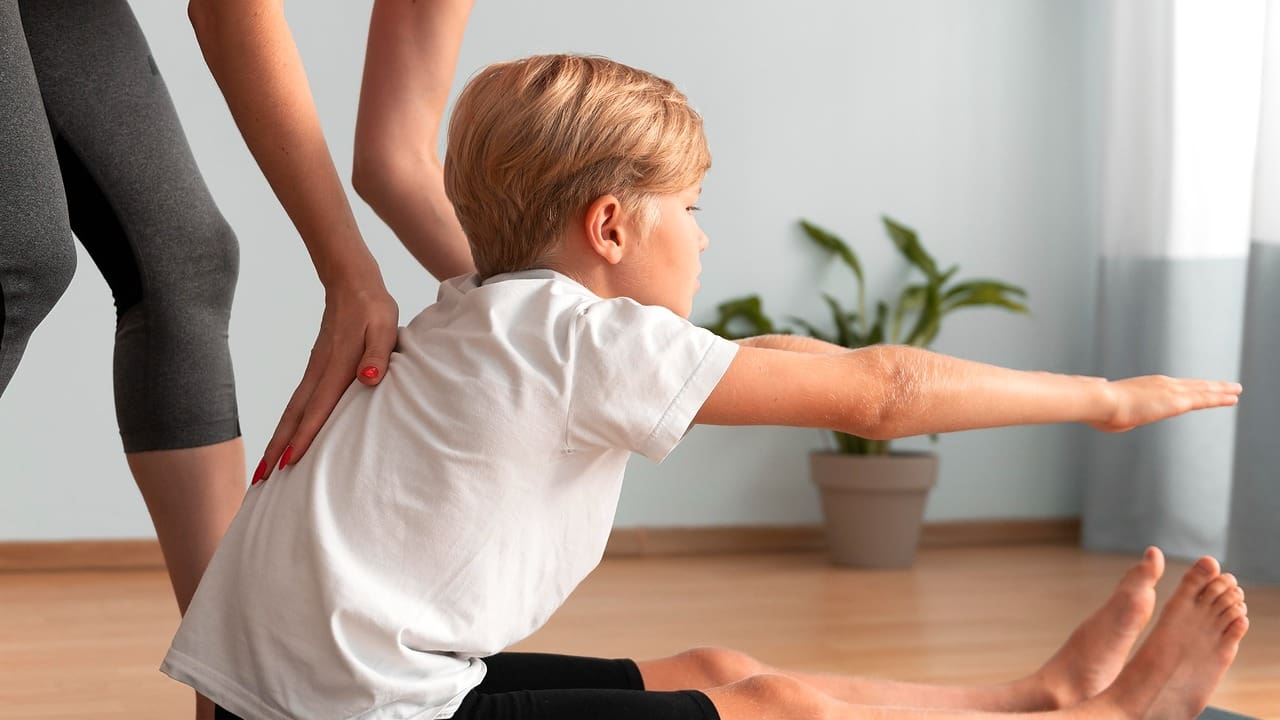What Is Pediatric Rheumatology? Conditions, Symptoms, and Family Centered Care
Pediatric rheumatology is a medical field focused on diagnosing and treating autoimmune and inflammatory conditions in children’s joints, muscles, bones, and connective tissues. The main goals are to ease pain, prevent flare ups, support healthy growth, and help kids stay active. If your child has ongoing joint pain, morning stiffness, swelling, rashes, unexplained fevers, limping, or fatigue that lasts more than a few weeks, a pediatric rheumatology evaluation can help find the cause and create a care plan just for them.
Children experience rheumatologic conditions differently from adults do. Symptoms may be subtle and often mistaken for sports injuries or “growing pains.” Early recognition and family centered care make a significant difference in comfort and long term function.

Common conditions include juvenile idiopathic arthritis (JIA), lupus, juvenile dermatomyositis, vasculitis, periodic fever syndromes, and amplified musculoskeletal pain syndrome. These conditions can impact movement, sleep, and school routines; a pediatric approach aligns care with your child’s age and daily activities.
Family centered care focuses on clear and practical goals: making an accurate diagnosis, explaining it in easy to understand language, easing pain and stiffness, protecting joints and muscles, and supporting routines at home and school. Pediatric rheumatology teams work to help children develop well and feel comfortable, with fewer flare ups, better sleep, and more chances to join in play, sports, and learning.
Pediatric Rheumatology Near Me: How to Choose the Right Clinic for Your Child ?
Searching for “pediatric rheumatology near me” usually means your family is seeking timely, compassionate care for ongoing symptoms. Choosing the right clinic involves several practical considerations:
- Child centered approach: Look for a clinic experienced in pediatric rheumatology, with expertise in diseases and symptoms across age ranges.
- Comprehensive assessment: The team should check joints, muscles, skin, eyes, and overall function, and work together with physical therapy, occupational therapy, or pain management if needed.
- Access and responsiveness: Ask about timely appointments during flares, clear communication channels, and follow up plans.
- Family education: Clinics should provide written guidance, symptom trackers, and practical tips for daily routines, activity levels, sleep, and flare management.
- Comfort and trust: A supportive environment helps children feel at ease and improves cooperation with care plans.
Choosing a clinic that listens to your child’s experiences and your family’s goals leads to more effective, personalized care. Proximity matters, but consistent, reassuring support matters more.
Pediatric Rheumatology Definition and Meaning: When to See a Doctor
Pediatric rheumatology focuses on autoimmune and inflammatory disorders in infants, children, and adolescents. It emphasizes reducing pain and stiffness, protecting movement, preserving growth, and helping families manage day to day routines.

Consider a visit if your child has:
• Joint pain or swelling lasting more than 3–4 weeks
• Morning stiffness or difficulty getting moving after rest
• Limping without a clear injury
• Unexplained fevers or persistent fatigue
• Rashes associated with joint symptoms or sunlight sensitivity
• Eye discomfort or redness with joint issues
Getting ready for the visit helps the team provide the best care. Bring a symptom diary with details like timing, triggers, activities, fevers, and rashes. Also, bring photos of any swelling or rashes that come and go, a list of medicines and supplements your child uses, and your main goals, such as getting back to activities, sleeping through the night, or easing morning stiffness. through the night, or reducing morning stiffness.
Pediatric Rheumatology Diseases and Symptoms: A Parent’s Guide
Understanding symptom patterns helps families seek timely care. Common conditions include:
- Juvenile idiopathic arthritis (JIA): Joint swelling, pain, and stiffness, often worse in the morning or after rest. Children may avoid using an affected limb or appear clumsy. JIA can involve one joint (such as a knee) or multiple joints (hands, wrists, ankles).
- Lupus (SLE): Fatigue, joint pain, rashes (including butterfly facial rash), mouth sores, sun sensitivity, and potential organ involvement such as the kidneys. Symptoms may fluctuate day to day.

- Juvenile dermatomyositis: Muscle weakness (particularly shoulders and hips), fatigue, difficulty climbing stairs or lifting arms, and distinct rashes. Early intervention aims to restore strength and function.
- Vasculitis: Inflammation of blood vessels can cause skin changes, headaches, abdominal pain, and other organ-related symptoms. Patterns and severity vary by type.
- Periodic fever syndromes: Recurrent fevers with somewhat predictable patterns, sometimes accompanied by mouth sores, abdominal pain, or rash. Tracking episodes helps with diagnosis and care.
- Amplified musculoskeletal pain syndrome: Children may feel more pain than usual, often after illness or stress. Treatment aims to restore normal movement, reduce pain sensitivity, and slowly increase activity.
Watch for warning signs that need urgent attention, such as severe joint pain with a high fever, not being able to put weight on a limb, sudden joint swelling and warmth after being sick, chest pain or trouble breathing with fatigue and rash, and eye pain or changes in vision. If you are unsure, getting your child checked quickly helps keep them safe and comfortable.
Pediatric Rheumatology Clinic: What to Expect at Your First Visit ?
Your first clinic visit centers on listening, observing, and building trust. Expect a detailed discussion about symptom onset and timing, flares, injuries or infections, and how symptoms affect daily life. The physical exam typically reviews joints, muscles, skin, eyes, and overall function. Children may be asked to walk, squat, reach, or perform simple movements to help the clinician understand stiffness, weakness, or pain patterns.

Testing is tailored to each child. Based on your child’s symptoms, the doctor may suggest lab tests or imaging to better understand inflammation, check safety, or help decide on treatment. You will get a practical, easy to follow plan that may include ways to manage pain, gentle stretches, activity tips, sleep support, and clear steps for handling flares and tracking symptoms.
To help the visit go smoothly, dress your child in comfortable clothes, bring snacks or a favorite toy, and write down your main concerns and goals. These simple steps help your child feel at ease and make sure your needs are part of the care plan.
Which Diseases Does Pediatric Rheumatology Treat ?
Liv Hospital Pediatric Rheumatology Clinic deals with rheumatological diseases of childhood. The diseases affecting the muscles, joints and connective tissue of children between the ages of 0-18 are successfully diagnosed and treated in the clinic.
The main diseases diagnosed and treated at the Pediatric Rheumatology Clinic are as follows:
- Children with joint pain
- Juvenile Idiopathic Arthritis
- Familial Mediterranean Fever (Systemic Lupus Erythematosus, Dermatomyositis, scleroderma, mixed connective tissue disease, Sjögren's syndrome, etc.)
- Vasculitis (inflammation of the blood vessels)
- Henoch Schönlein purpura, Kawasaki Disease, Polyarteritis nodosa
- Behçet's disease
- Autoinflammatory diseases (PFAPA, HIDS, CAPS, STING, DIRA, etc.)
- Joint hypermobility
- Other rheumatological diseases of childhood
Pediatric Rheumatology Specialist: How They Help Children Live Better
A pediatric rheumatology specialist recognizes early signs of inflammation in growing bodies and designs age appropriate plans that reduce pain and protect function.
Specialists:
- Identify patterns such as morning stiffness, fatigue after mild activity, or recurring rashes that point to specific conditions.
- Coordinate care with therapies that support movement, daily function, and coping. Personalize treatment by building routines like stretching, good sleep habits, and balanced activity, and using medications only when needed, with the goal of using the lowest effective dose. the lowest effective approach
- Empower families with clear education, written plans, and tools for tracking flares and adjusting routines.
This partnership leads to fewer urgent visits, less disruption to daily life, and better long term outcomes for comfort and mobility.
Best Pediatric Rheumatology Care: Evaluating Quality for Your Family

Quality care is measured by practical criteria rather than names or rankings. Families can look for:
• Child friendly environment with experienced staff and a calm, supportive approach
• Clear communication, written instructions, and availability for questions between visits
• Access to timely care, including quick check ins during flares and reliable follow ups
• Education and tools for daily stretches, activity modifications, sleep routines, and symptom tracking
• Continuity with the same team over time, building trust, and proactive adjustments
Looking at care in these ways helps families pick a clinic that matches their values and supports their child’s growth, comfort, and confidence.
Pediatric Rheumatology Symptoms: When to Seek Urgent Help

Knowing when to seek urgent help protects health and function. Seek immediate care if:
• A joint becomes extremely painful, hot, or swollen with fever.
• Your child refuses to bear weight or cannot move a limb after a minor illness.
• There is chest pain or breathing difficulty, fatigue, and a rash.
• If symptoms are mild but keep coming back, such as morning stiffness, limping, or swelling that comes and goes, make a clinic appointment soon to prevent things from getting worse and keep your child comfortable. clinic visit to prevent escalation and safeguard comfort.
Pediatric Rheumatology Research for Families: Understanding Advances in Care
For families, research in pediatric rheumatology leads to real improvements, like safer and more targeted treatments, better ways to monitor symptoms, and tools that fit into daily life. You do not need to know all the scientific details to benefit from these advances. What matters is how new developments improve your child’s care, with more precise plans, greater comfort, and routines that help with movement, sleep, and confidence. Your clinic will explain options in clear language and work with you to choose what fits your child and family best.
Practical Home Strategies for Comfort and Function
Gentle movement reduces stiffness and supports mood walking, swimming, and cycling are excellent low-impact options. Warm showers or localized heat pads can ease morning stiffness. Keep sleep routines consistent; restorative sleep supports recovery and energy. Plan the day with activity breaks to avoid overexertion during flares, and track symptoms such as pain levels, duration of stiffness, swelling, rashes, and fevers. Patterns in the symptom diary guide more effective clinic decisions and help families recognize early flares.
Preparing Your Child for Visits and Follow Up
Children feel more confident when they know what to expect. Explain the visit in simple terms: “We’ll show the doctor how your joints move and talk about ways to make them feel better.” Practice gentle stretches at home to demonstrate movement. Bring notes on what helps warmth, rest, favorite activities so the plan can incorporate what already works for your child. After starting or adjusting a care plan, follow up checks assess comfort, movement, and daily routines. Plans are stepped up or down based on symptoms, seasons, and life events like sports or travel. Early contact with your clinic when symptoms worsen helps prevent setbacks.

The Bottom Line for Families
Pediatric rheumatology supports children in moving comfortably, sleeping better, and enjoying everyday activities. If your child has persistent joint pain, swelling, stiffness, unexplained fevers, or rashes, a timely evaluation can clarify the cause and create a practical plan that fits your family. Whether you searched “pediatric rheumatology,” “pediatric rheumatology near me,” “pediatric rheumatology definition,” “pediatric rheumatology clinic,” or “pediatric rheumatology symptoms,” the next step is a comprehensive, family centered visit and a clear plan you can trust.
For more information about our academic and training initiatives, visit Liv Hospital Academy
Frequently Asked Questions for Pediatric Rheumatology
How Are Follow Ups Managed?
Follow ups review symptom changes, activity, sleep, and comfort. Plans are adjusted based on flares, seasons, and life events. Early communication with your clinic during worsening symptoms prevents setbacks.
What Home Strategies Help Between Visits?
Gentle movement, warmth for stiffness, consistent sleep routines, pacing activities with breaks, and symptom tracking improve comfort and guide better clinic decisions.
How Can We Prepare for the First Visit?
Bring a symptom diary, photos of intermittent rashes or swelling, a list of medicines, and your top goals. Dress your child in comfortable clothing to allow easy movement during the exam.
When Should We Seek Urgent Care?
Seek urgent care if a joint is extremely painful, hot, or swollen with fever; your child won’t bear weight; there is chest pain or breathing difficulty with fatigue and rash; or sudden eye pain or vision changes occur.
What Conditions Are Common in Pediatric Rheumatology?
Common conditions include juvenile idiopathic arthritis, lupus, juvenile dermatomyositis, vasculitis, periodic fever syndromes, and amplified musculoskeletal pain syndrome, presenting with joint swelling, stiffness, rash, muscle weakness, fatigue, and recurrent fevers.
How Is Pediatric Rheumatology Unique for Families?
Care balances symptom relief with age appropriate activity, sleep routines, and practical home strategies. Recognizing patterns like morning stiffness or periodic fevers leads to clearer plans and improved comfort.
